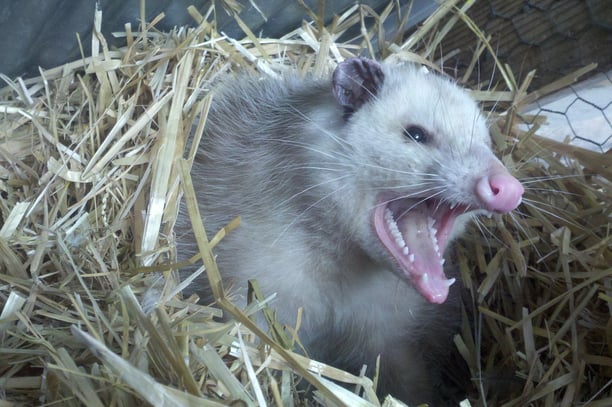 The attic is one of the least visited areas of the home by humans but one of the most frequently visited places by critters such as bats, birds, and insects—especially when they're seeking shelter from the cold. These uninvited guests can cause serious and costly damage to your home as well as put your family at risk for injury and disease. If you have ever heard unexplained noises above you, you may have an infestation on your hands.
The attic is one of the least visited areas of the home by humans but one of the most frequently visited places by critters such as bats, birds, and insects—especially when they're seeking shelter from the cold. These uninvited guests can cause serious and costly damage to your home as well as put your family at risk for injury and disease. If you have ever heard unexplained noises above you, you may have an infestation on your hands.
How do they get into the attic in the first place?
Animals and insects often seek out gaps or crevices in the roofing system to use as an entry point into the attic. The chimney and exterior area around the chimney can also be easy places for animals to enter. For example, a recent storm that damaged the flashing around the chimney creates an ideal entry point for bats, mice, squirrels and other pests. Ventilation areas on the roof also provide easy routes for pests to enter your home and make ideal locations for nesting. Some of the other most common entry points include
- Openings in the exterior siding or cladding
- Open gable vents or windows
- Openings at the ridge or ridge vent
- Gaps and/or missing pieces of soffit or fascia
- Missing or damaged shingles
- Missing or damaged gutters
Deteriorated or damaged areas of the roofing system are easy access points for insects, bats, squirrels, mice, rats, and raccoons, so it's vitally important that your house and roofing system are free of damage, so animals and pests can't sneak in. Keep in mind that prevention is easier to deal with than an infestation.
What kind of damage can they do?
Damage caused by attic pests can vary from fecal matter to total destruction of your roof. If your attic is infested by a rodent or other mammal, your attic can become covered in feces, which can wreak havoc on the structure of your home as well as pose a serious health risk for your family. Bat feces, for instance, have an extremely strong, offensive odor and could contribute to lung disease. Other types of possible damage includes
- Wood damage: Rodents such as rats, squirrels and bats are notorious for chewing on and scratching wood. A colony of rats can chew up an attic in just a couple of years.
- Wire damage: Rodents, especially rats and mice, can chew through electrical wires, cables, and pipes that are in the attic, posing a risk of fire.
- Insulation damage: Animals can tear up and spoil insulation throughout your attic, which can make your home much less energy efficient, raise your energy bills, and leave your home susceptible to moisture damage.
How can I stop pests from making a home in my attic?
Pests are sneaky, so while it may seem difficult to completely prevent them from getting inside your home, there are several things you can do to reduce the threat of an infestation. One of the easiest ways is by getting routine roof inspections. Your roofing contractor will be able to carefully inspect all areas that pose a risk, such as openings at the ridge or the ridge vent and gaps in or damage to the fascia and soffit. Other helpful preventive measures include
- Sealing all holes, cracks and openings on the exterior of your home
- Trimming back shrubs and bushes to prevent “bridges” that facilitate entry into your home
- Making sure the attic is properly insulated
Prevention is the best method to avoid the damage attic pests can cause to your home. If there the exterior of your home has suffered damage, such as missing or torn roofing shingles, broken gutters, or missing chimney caps, get these areas repaired as soon as possible. The sooner damage is fixed, the sooner you can take your home back from unwanted visitors.
Is your roofing system in need of inspection, repair, or replacement? Click below to request a free estimate!


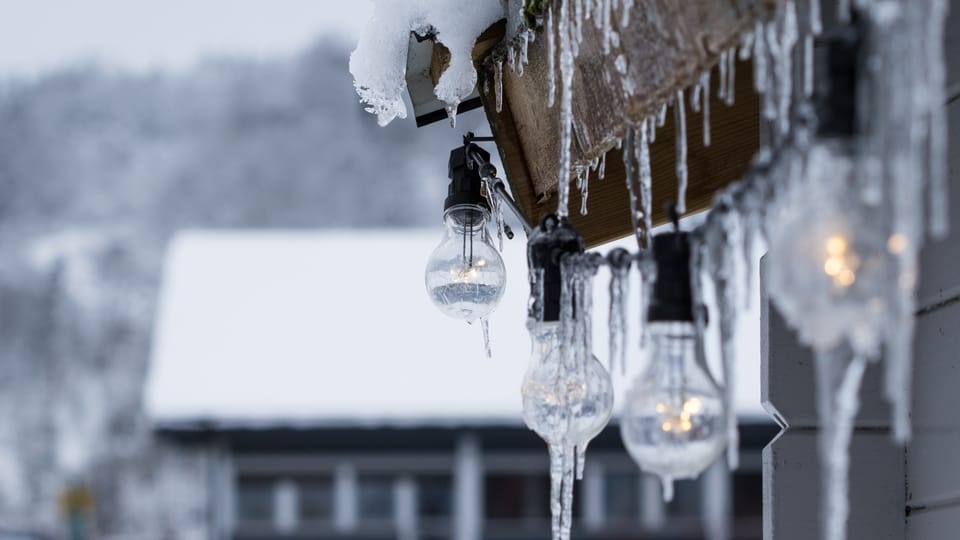
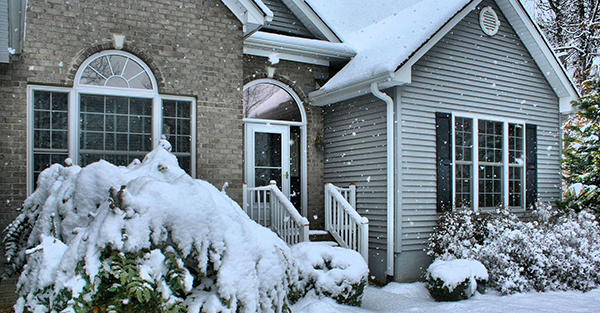
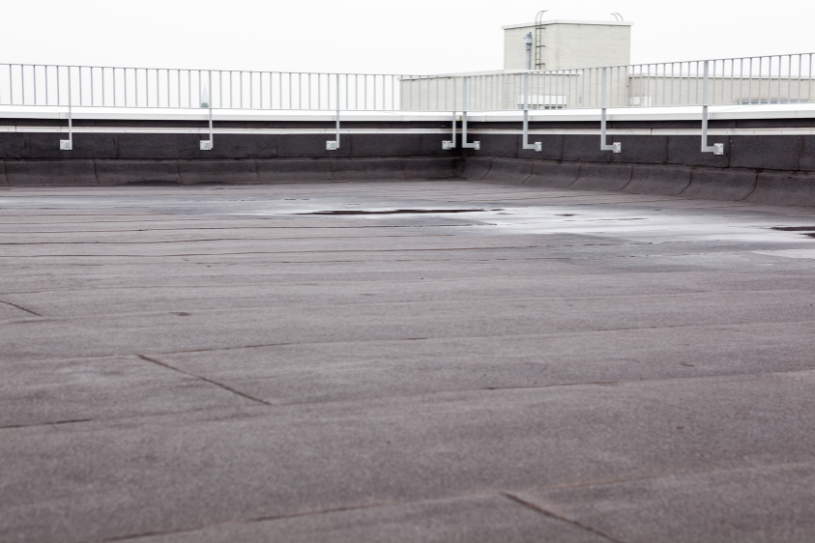
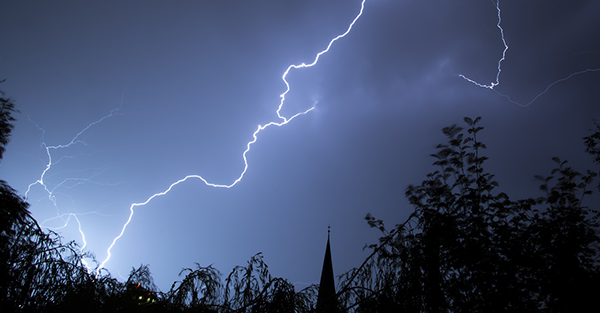

Comments